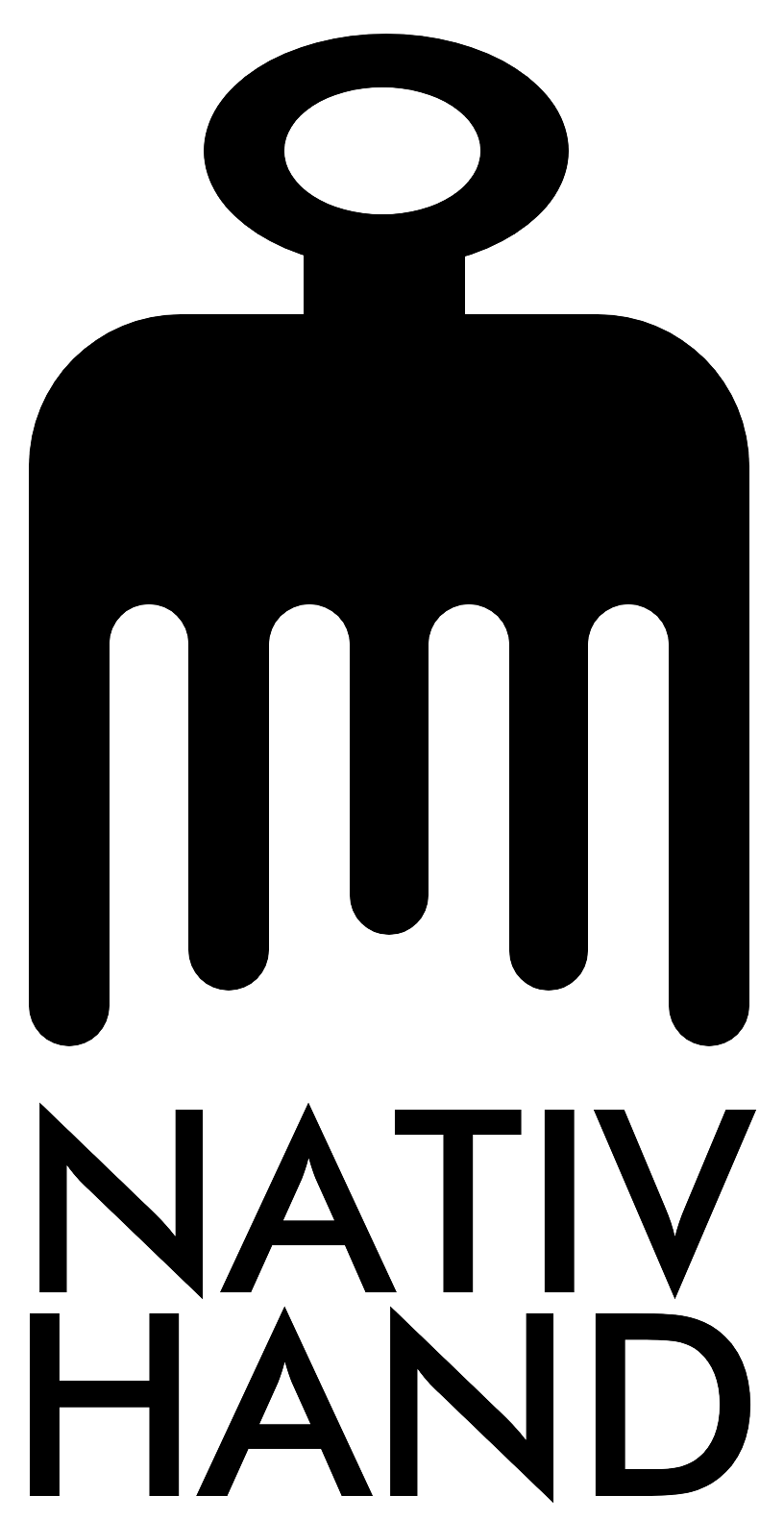Free DHL shipping for orders over
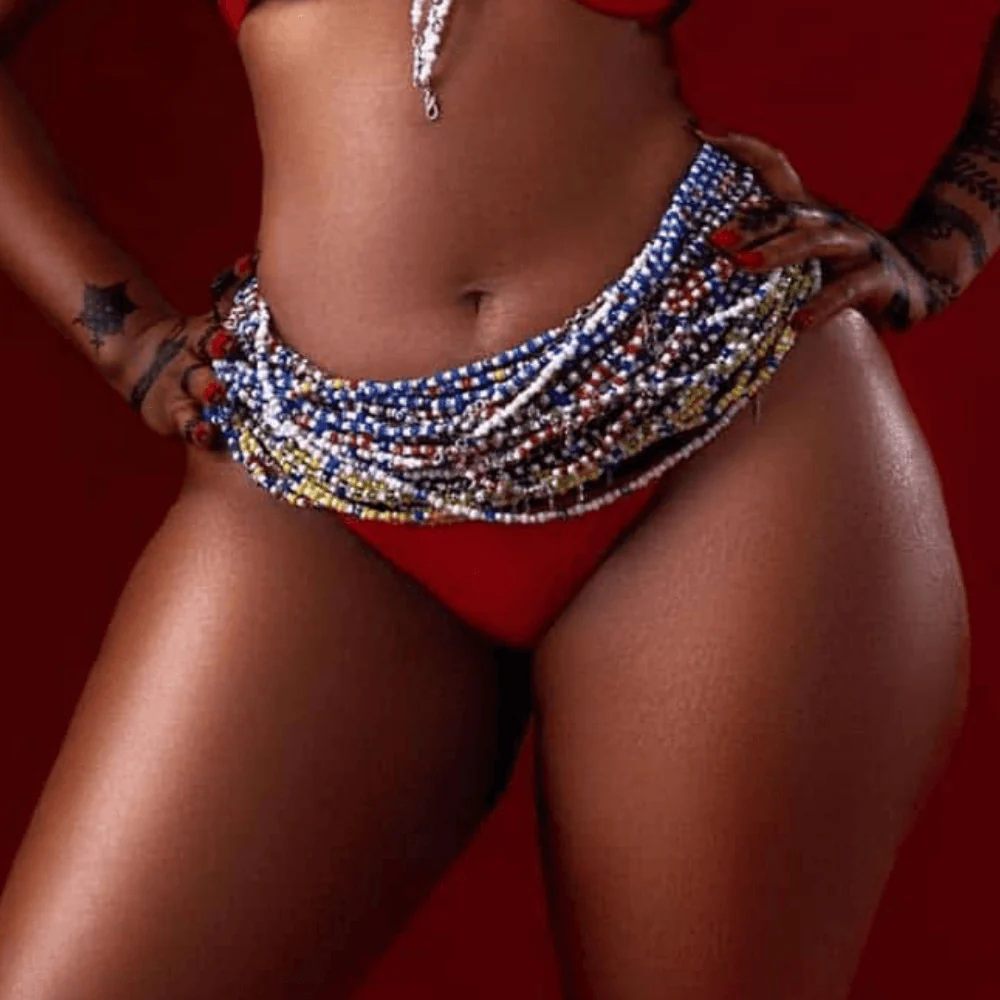
THE HISTORY BEHIND WAIST BEADS IN GHANA
Waist beads come as single or multiple strands of beads made from various kinds of glass, metal, crystal, bone and wooden beads that are worn around the waist and stomach. In Ghana, just as the precious mineral, gold, is associated with the Ashanti people, beads are associated with the Krobo people who come from the south-eastern part of Ghana and are the originators of glass beads made out of recycled glass. Traditionally, Asantes, Ewes, Krobos, as well as the Ga and Dangme people all wear waist beads. However, beads have become very common across all the ethnic groups living peacefully together. The use of beads has changed from how it was used in the past to the modern days.
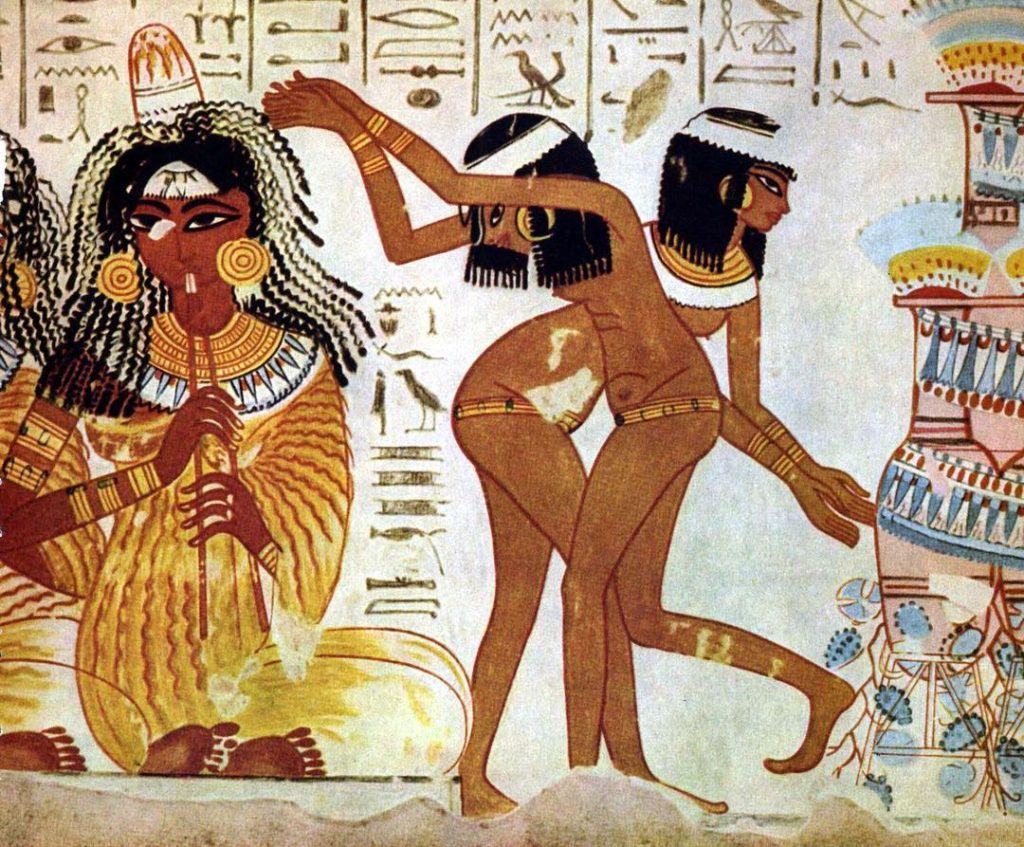
THE ANCIENT ORIGIN
The origin of waist beads can be traced back as far as the 15th century used by ancient Egyptian women. They wear waist beads which were known as “girdles” back then, as a symbol of status. As shown in the picture above, hieroglyphs depict dancers adorned with braids and waist beads.
SUB-SAHARAN AFRICA
Waist beads are also known to be made popular in many West African cultures, among countries like Ghana, Nigeria, Gambia, Senegal, Cameroon, Mali, and many others. These cultures wear various types of beads according to the tribe they belong to. The purpose of wearing the beads also varies according to the country, tribe, and beliefs and practices of the people.
SOUTHERN AFRICA
In the Southern parts of Africa, waist beads are used in unique ways as well. Among the women in Zambia and Malawi, they wear their beads while pregnant or in order to seduce their husbands.
WHAT ARE SOME OF THE PURPOSES OF WEARING WAIST BEADS?
Body Shaping & Weight Management: In the Ghanaian culture, when a baby is born, a naming ceremony is held for the baby. Beads are worn onto the waist, ankles and wrists of the baby. Once a male child begins to walk, his beads are taken off. Females maintain their waist beads and new ones are added as she keeps growing. Mothers believe that it helps to form a desirable body figure, especially in terms of a slimmer waist and fuller hips. This is true to an extent as most women that wear waist beads tend to have well-defined body shapes. Waist beads are tied on babies up through adulthood till death.
Traditionally, the beads sit down on the waistline (not on the tummy). In that way, it becomes easier to hide under your skirt, wrapper, etc when you go about your daily activities. Over time, wearing the beads shapes the waist and hips by forming a line of definition between the waistline and the buttocks and further down on the hipline with layers of beads strands. From baby age, the body is very moldable and shapable, so the beads consistently mold the body in that manner. It can be compared to women wearing fajas after surgery because the body is moldable.
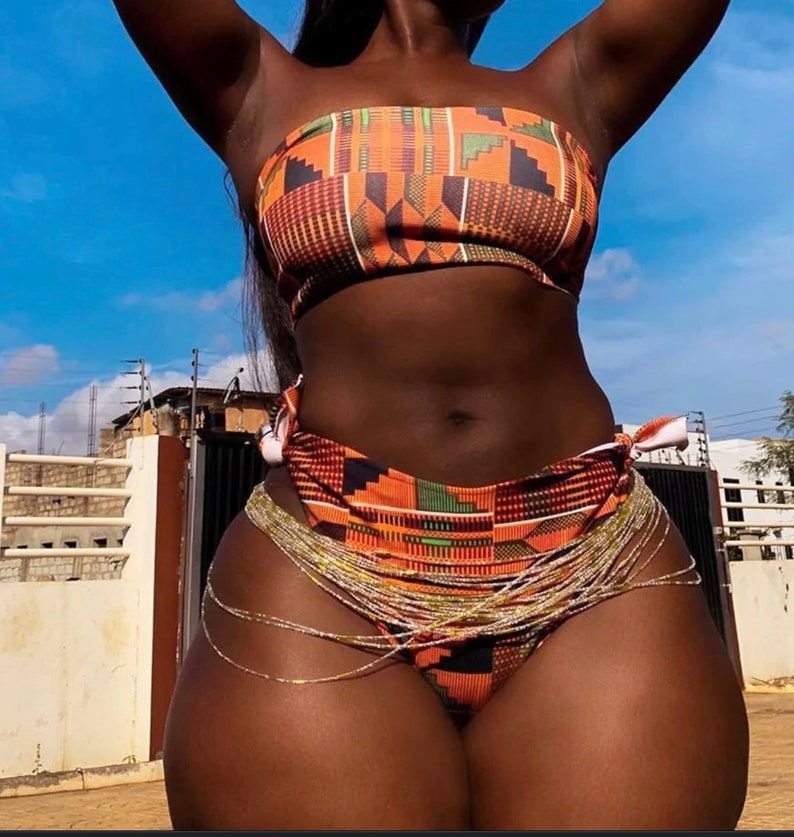
Mothers usually tie beaded bracelets and anklets to mold the wrists, ankles and arms of their babies also. As they grow, they get bigger ones to accommodate their increasing size. Additionally, the beads also become a tool for tracking weight gain and loss. For a weight management journey, the beads are tied a little above the waistline around the abdomen. As women begin to lose weight, the beads would gradually fall from the abdomen to the waist until they can no longer fit. When they begin to gain weight, it begins to tighten and slides up the abdomen. In the past, weight scales were not available, so this was a creative way to track one’s body weight. Although we have weight scales today, many women still choose to wear their beads to motivate their weight management journey as it is a personal journey for every woman.
Rite of Passage: A rite of passage is a ceremonial event, existing in all historically known societies, that marks the passage from one social or religious status to another. In some African cultures, waist beads symbolize a young girl’s transition into womanhood. These beads show that she is ready for marriage, can be addressed as a woman, and will be accorded a new level of respect. To these girls, it is a new level of independence and liberty to date. The thrills that come with being an adult excite them so much that they flaunt these beads with every opportunity given.
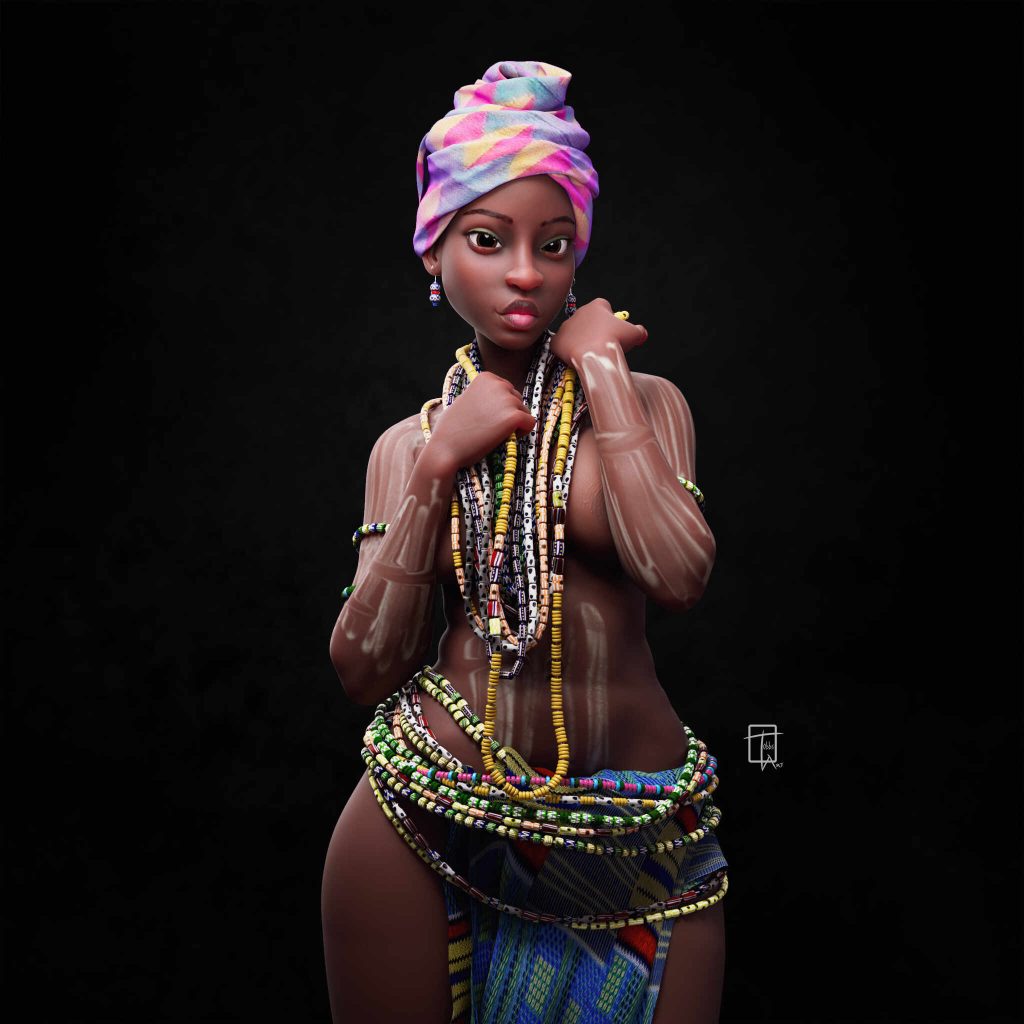
In Ghana, glass beads play a major role in coming-of-age ‘Dipo’ ceremonies in the Krobo tribe. When a girl child comes of age in her community, she is customarily adorned with beads around the waist, ankles and neck in preparation for her public unveiling.
Some beads are exclusively ornamental. However, those worn as necklaces often convey specific information about her family background, clan and wealth to potential suitors. Usually, the larger the beads, the more affluent her family is.
Self-Love/Adornment: Women look at themselves in the mirror when they are 100% naked and know the difference between having waist beads on and when they don’t have them on. The body looks completely different. Waist beads are like makeup for all the things you don’t like down there. They help to cover the imperfections around the midsection. It makes women look pretty and is a way to show their bodies the love they need. It helps to bring out the feminine side of a woman so women on a self-love journey would put on waist beads for that purpose. It doesn’t always have to be for your partner or a ceremony. This is for self-celebration.
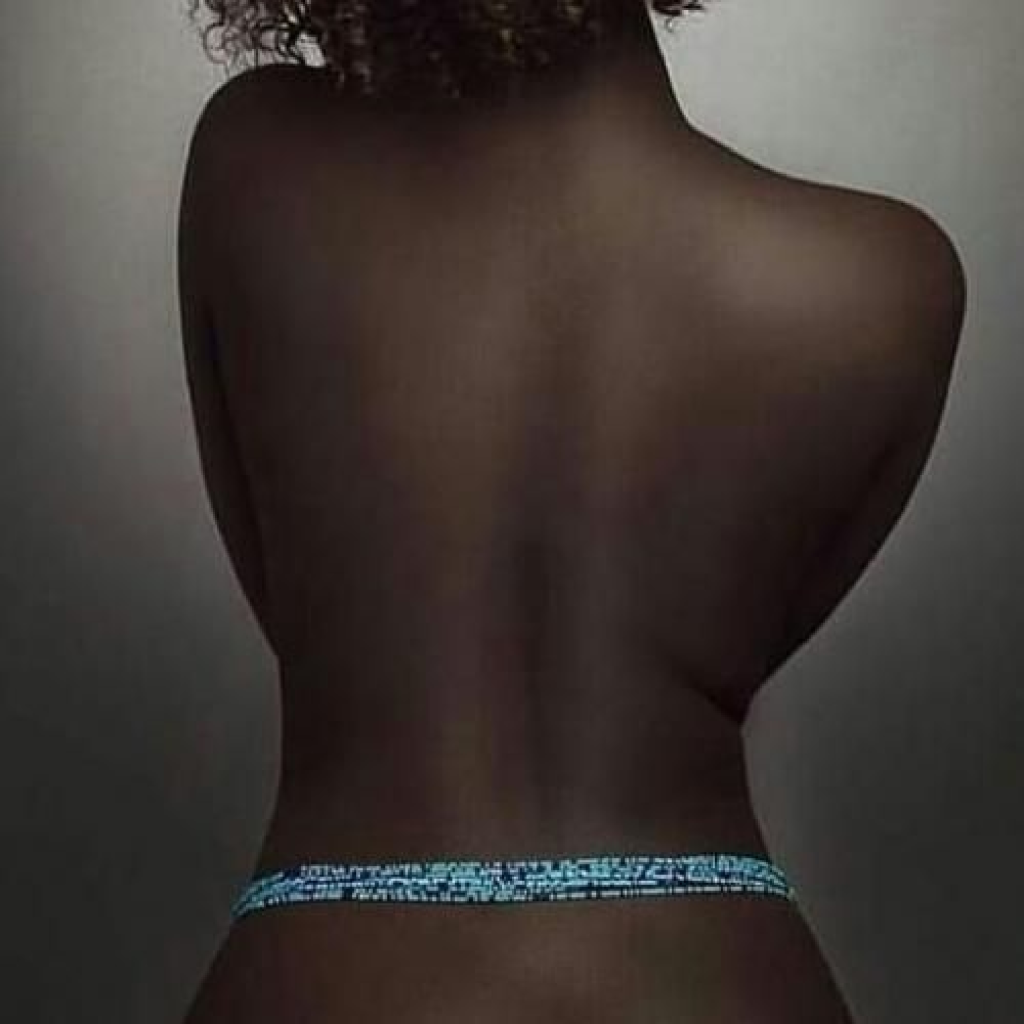
Feminine Hygiene/Care: Before baby diapers in this modern world, women in the past would utilize the waist beads on a child to hold up the child’s cloth diaper. One end of the cloth is tucked under the front part and the other at the backside. The closest example is in the photo below since it is very difficult to get actual photos of such an old practice. Mothers would change the diaper once a child released his/her bowel movements. The beads are washed in the process of bathing the child to ensure cleanliness. Women on the other hand also used it to hold their reusable cloth pads during the monthly cycle.
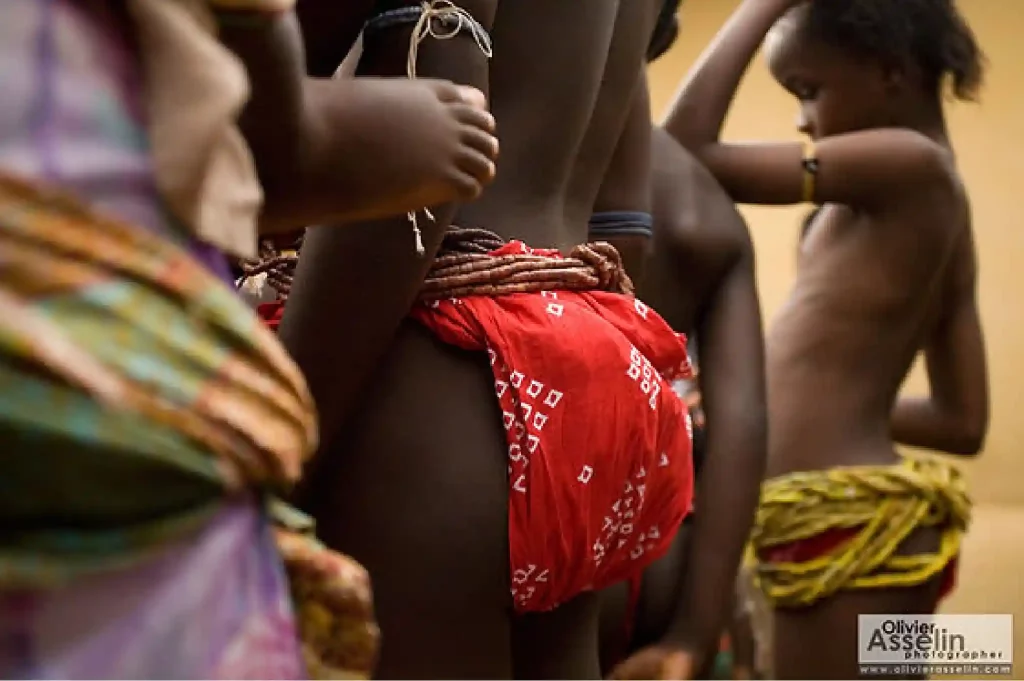
Form of Lingerie (Sensuality & Sexuality): It is believed that waist ornaments carry a certain power to them, a seductive power that is difficult to explain with words. It is subtle yet very enticing to the opposite sex. As a Ghanaian who was born and raised in the culture, I can attest that it is true. Some women in Ghana do wear it to seduce their men.
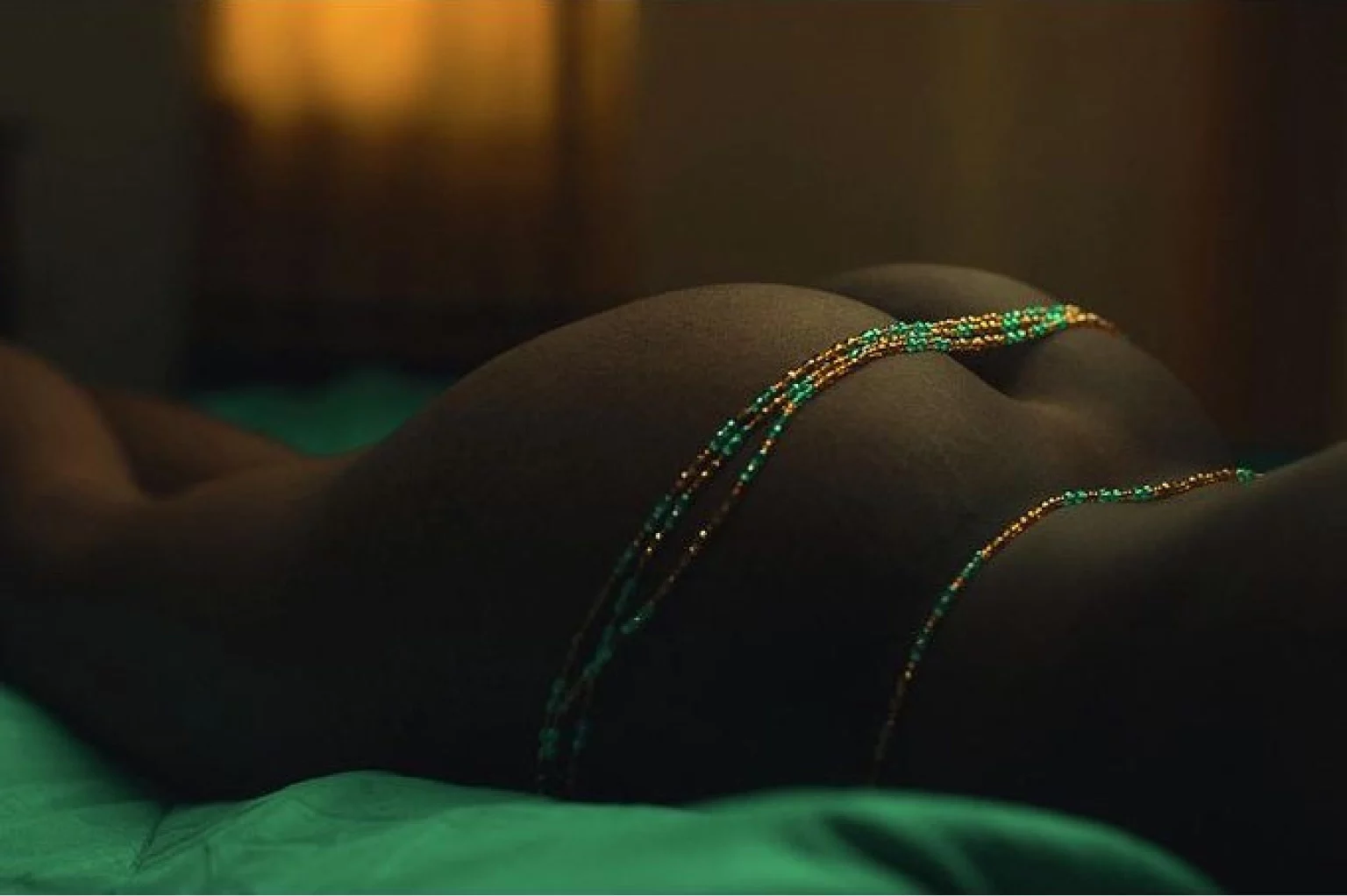
In Nigeria, Yoruba women are known to combine charms and fragrances to their beads that are considered irresistible to the opposite sex. As lingerie may be used for seduction in the modern world, waist beads are like the traditional “African Lingerie”.
Traditionally, waist beads as lingerie are smaller in size and worn under clothes, thus, they are very comfortable. They are not displayed to the public eye and are only seen by the wearer and her intimate partner if any. Waist beads that are displayed to the public are only ceremonial and usually goes with beaded necklaces, bracelets, and anklets.
CONCLUSION
Today, African waist beads have been made very popular in the diaspora by women of African descent as a way to pay homage to their ancestors and celebrate their culture. As a result, many women all over the world have learned what they are and want to incorporate them into their lifestyles. Others just find them appealing, look good in pictures, or because they have seen their favorite pop star rocking them. These days, waist beads are no longer hidden under clothing, women wear them on top of clothes, with crop tops, bikinis and whatever else. As fashion continues to evolve, so have African waist beads. They now come with an extra touch of glam; gemstones, crystals among others. Many waist bead artists now incorporate folk healing technologies into their designs, such as chakra healing or intention setting. Aside from the traditional tie-on closure, there are now screw-on and lobster closures that are a great option if you want to be able to remove your beads easily. Heck, you can even get waist beads that glow in the dark. This accessory has found its way into the various cultures of the world and has stood the test of time.
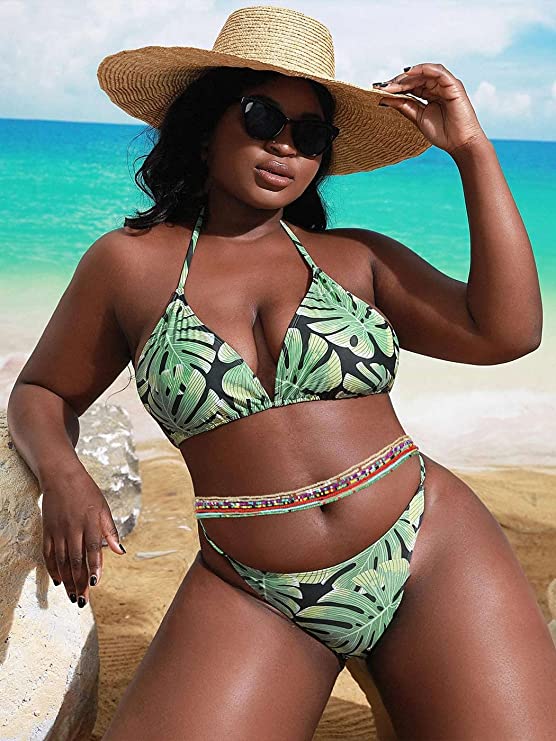




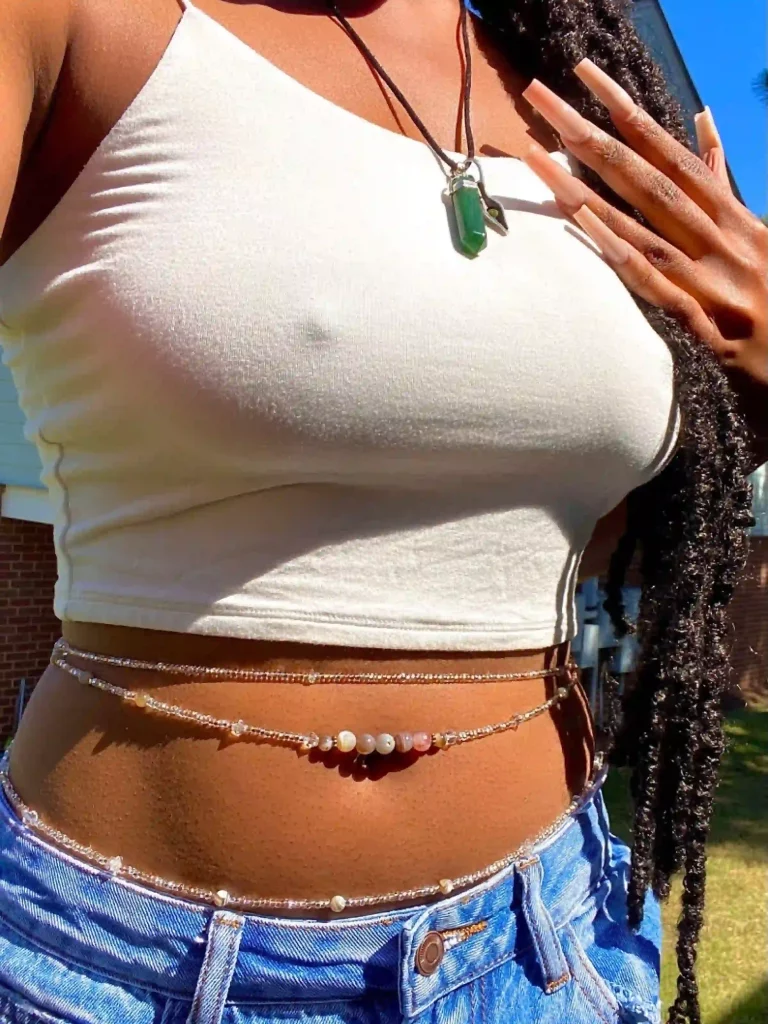

Do you wear waist beads, why? Is it because of any of the reasons listed above? Or do you just find them fancy? Kindly share with us below.
